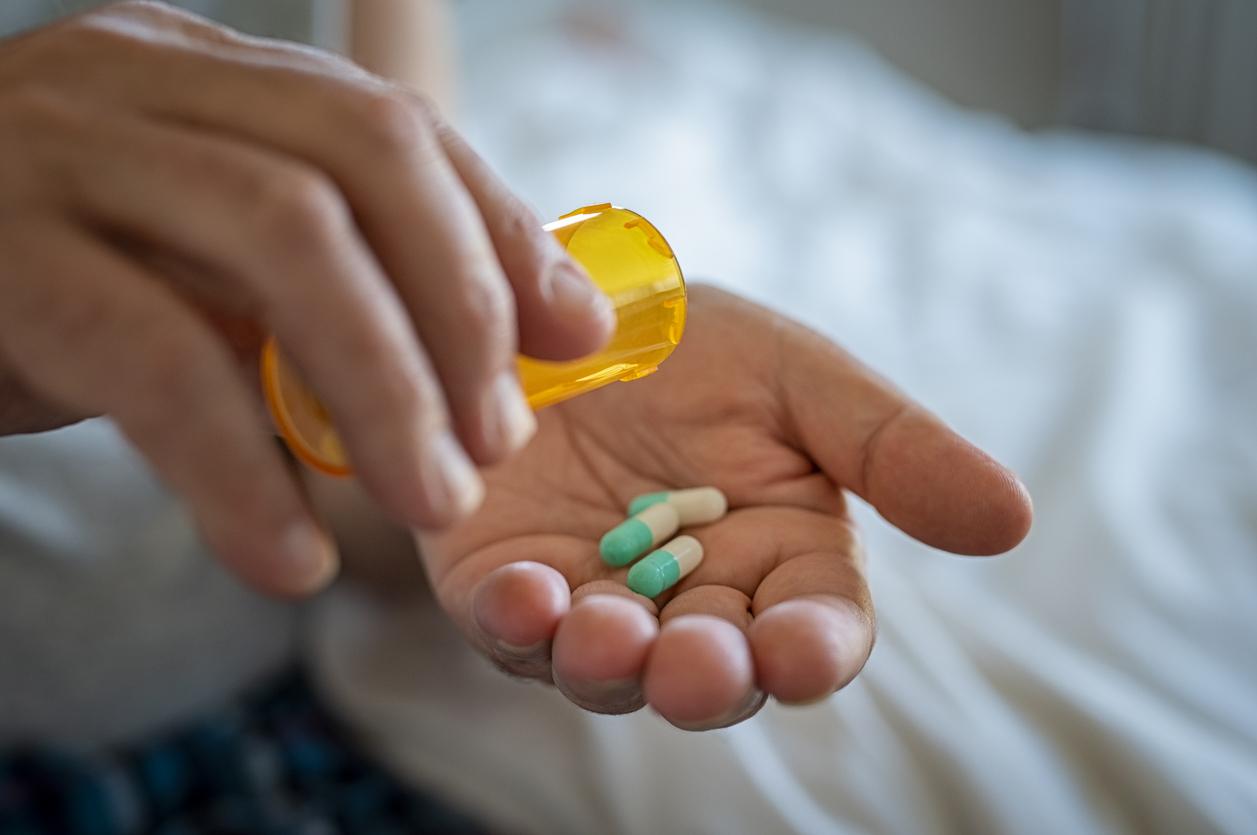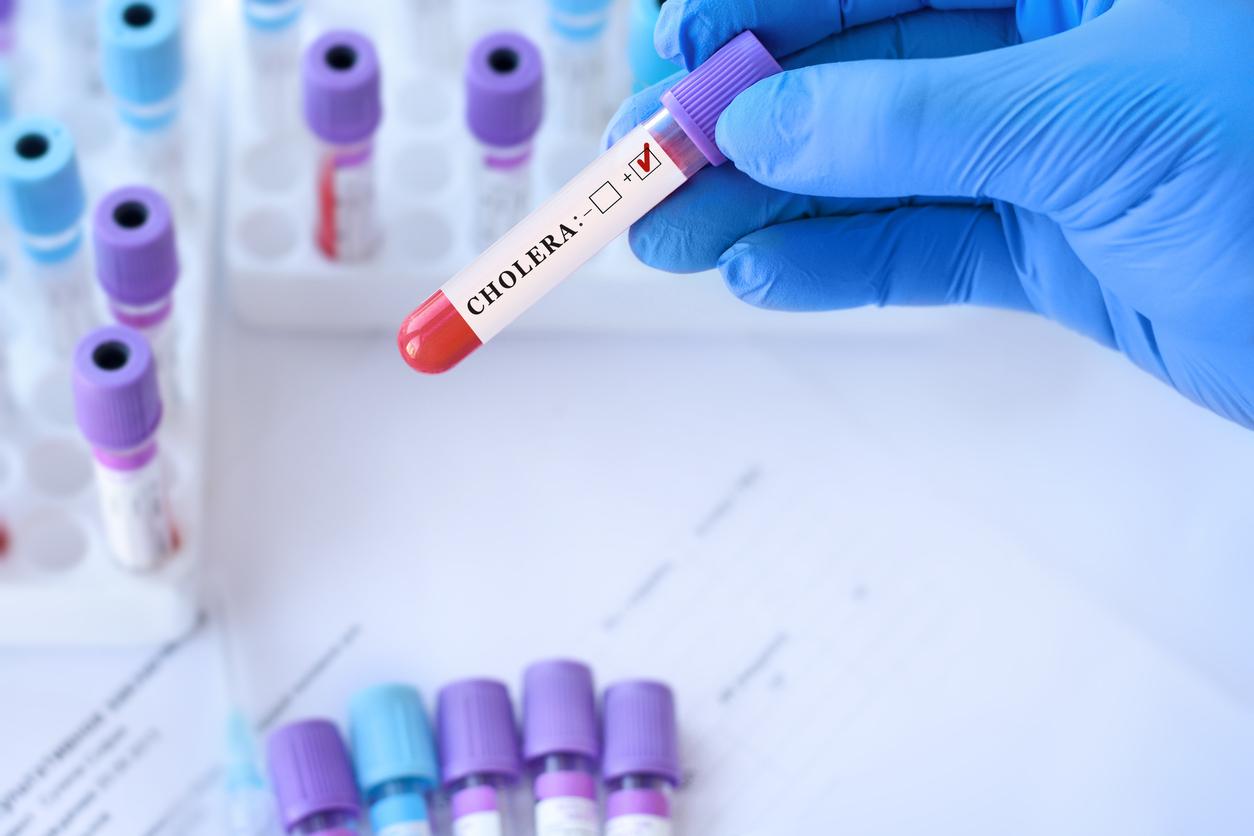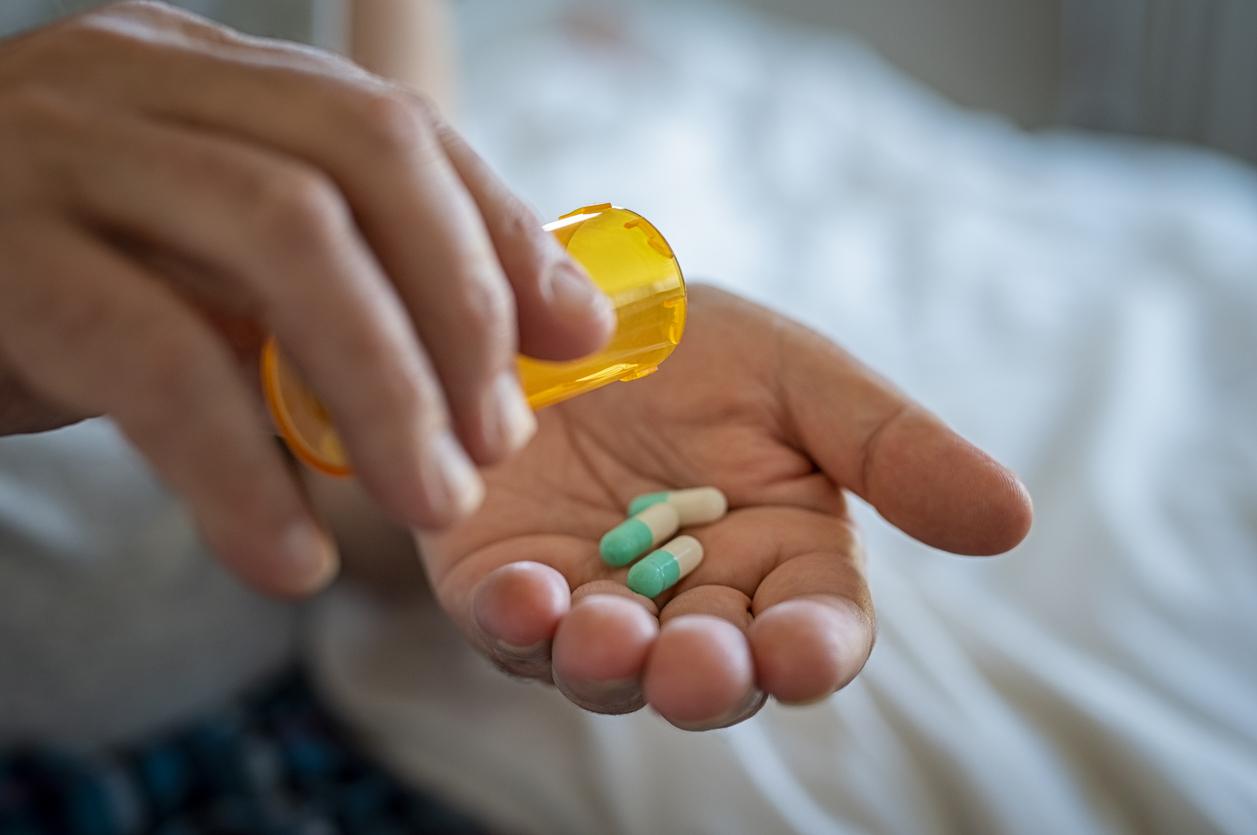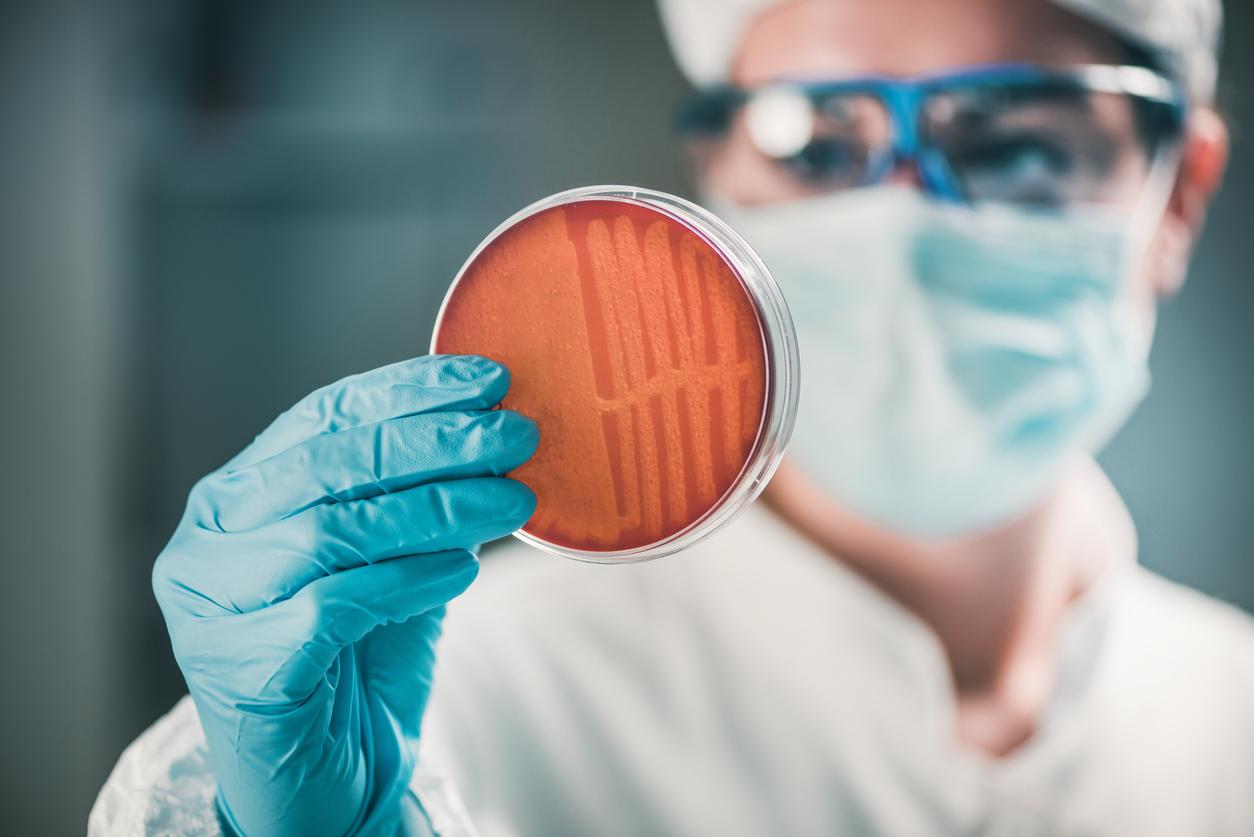For 10 years, the consumption of antibiotics has not decreased in town medicine. Veterinary use displays a reduction.

France remains one of the biggest consumers of antibiotics in Europe, according to the last annual report presented by the 3 main health agencies of the country (1) this Friday on the occasion of the European information day on antibiotics. This place of poor student is largely linked to consumption in town medicine. More than 90% of the antibiotics used in France in 2015 are prescribed there.
An observation that does not change from year to year. Thus, in 2015, the French consumed an average of 29.9 doses of antibiotics per 1,000 inhabitants per day, compared with 28.9 doses / 1,000 person in 2013. “Over 10 years, the consumption of antibiotics in cities has increased. on the rise, but it should be noted that consumption in 2015 remained at a lower level than that observed in the early 2000s, ”notes the report.
Heterogeneity of practices and resistance
However, it should be noted that the use of these precious medicines in town is not uniform across the territory. Indeed, it can be seen that the overseas regions consume less than 20 doses of antibiotics per 1,000 inhabitants per day, while Hauts-de-France has the highest rate with more than 32 doses per 1,000 inhabitants and per day. day. Penicillin would represent more than a third of prescriptions.
However, all the experts are unanimous: between 30 and 50% of prescriptions are unnecessary. Overconsumption and misuse that generate resistance to antibiotics. A worrying phenomenon all the more so as resistance to last-resort drugs, such as 3rd generation cephalosporins in bacteria Escherichia Coli responsible for urinary tract infections, are more and more frequent. The Provence-Alpes-Côte d’Azur (PACA) region would be the most affected by this resistance, while Brittany is the least concerned.
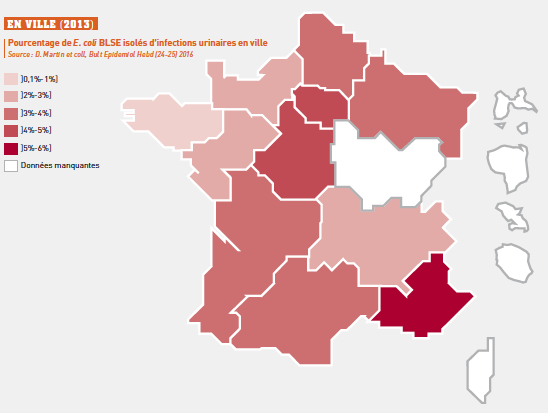
The hospital is also concerned
According to the authors of the report, this increase is linked to the dissemination of resistant bacteria outside the hospital. In fact, enterobacteriaceae resistant to antibiotics were discovered in the 1980s in healthcare establishments. Healthy carrier patients facilitated the spread of these resistant bacteria.
An emergence of resistance, too, linked to too much prescription. With 383 doses per 1,000 days of hospitalization in 2015, France ranks 7thth rank of the most consuming countries. But here again, regional disparities exist: the Grand Est region (Alsace, Champagne-Ardenne and Lorraine) consumes more than 400 doses for 1000 days of hospitalization while Brittany consumes less than 330 doses.
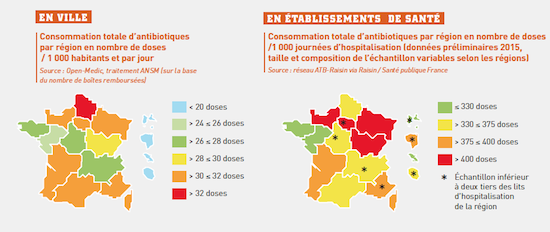
In our health establishments, the proportion of resistant staphylococci aureus (MRSA) seems to be decreasing for 10 years, just like in the city. In 2015, 26 cases of MRSA per 100,000 days of hospitalization were recorded against 58 in 2005.
In contrast, resistance to cephalosporins in E.coli has been multiplied by 4 in 10 years. A trend also observed among our European neighbors. Here again, with Ile-de-France, the PACA region displays the highest level of resistance, while Brittany presents itself as the good student.
Prescribe better
These differences between regions in these two sectors do not mean that there are good doctors on one side and bad prescribers on the other. The regions are not affected at the same time by the same infections and the same pathogens. Nevertheless, differences in practice, especially diagnostic habits, may be an explanation.
It is for this reason that new measures have been put in place to limit the prescription of these drugs, such as streamlining the duration of treatments, adapting the antibiotic according to the bacteria by systematizing rapid diagnostic tests. . Reminding patients and physicians that “antibiotics are not automatic” is equally essential.
(1) National Agency for the Safety of Medicines (ANSM), National Agency for Food and Environmental Health Safety (ANSES) and Public Health France.
Animal health: 96% of antibiotics are used in farms.
We are what we eat, Jane Goodall, one of the world’s leading primatologists, once said. In this case, the French are antibiotics. The ANSM, ANSES and Public Health France report shows that 96% of the 514 tonnes of antibiotics intended for animal health are swallowed by the animals we consume.
A worrying figure which has been declining for several years. Animal exposure has indeed fallen by 48% since 2005, and around 20% over the past 4 years in domestic and farm animals, according to two ANSES reports published on Thursday.

Exposure to the antibiotics of human health importance, cephalosporins and fluoroquinolones, followed this downward trend. Result: resistance in E.coli in pig and poultry farms has decreased since 2010.
However, there is still concern about colistin. This antibiotic is very valuable for human health as it is one of the drugs of last resort. However, it is one of the molecules most used in the poultry and pork sectors. Due to the emergence of resistance to this antibiotic all over the world, the European Medicines Agency has recommended a 65% drop in sales in the European Union over the next 4 years.
It should be remembered that in 2006 Europe banned the use of antibiotics as growth promoters in animals. The use of critically important antibiotics for preventive use has also been prohibited.
.










